Our last night in Chachapoyas was spent – rather spontaneously – at a drinking establishment we’d spent most of our time in the town searching for (Lonely Planet, you were right with the recommendation, but not so much with the location on the map). As with all good nights out, we tagged along with a couple of guys we’d met at our hostel and several hours later there were around 8 of us from 5 different countries, sharing multiple jarras of cane liquor in various different flavours. I believe that we also discovered at one point that the honey flavoured cane liquor tasted great mixed with beer.
Yes, it was one of those nights.
So we were rather glad that, when we awoke a few hours later the next morning, we were only travelling as far as Leymebamba – just 2/3 hours on the road. The majority of the nerve-wracking bus journey would be completed the day after.
We were actually quite surprised, bearing in mind how seriously they take their Easter celebrations over here, that there were any buses running at all on Easter Sunday. However as they were, we made the very foolish assumption that everything else would be operating as normal.
We arrived into Leymebamba between 12 and 1pm, and despite our chosen hostel being full (which I took as a sign that we would have some lively Easter celebrations in the Plaza de Armas to look forward to later), we settled into the perfectly adequate (and unbelievably cheap) Hostal Diaz, before heading out to explore this attractive cobblestoned town.
Leymebamba is located in the valley of the Utcubamba river, and is surrounded by lush mountain scenery. With a population of just 1100, it’s a town that manages to retain its traditional customs (horses are still used as a major form of transport) and laid back charm as a result of its relative isolation – the nearest big city is still many hours away by dirt roads.
Whilst there was not much to see in the centre of Leymebamba itself , just a few kilometres out of town (and uphill) lay the museum (the main reason tourists come to Leymebamba) and Kenticafe. The latter was recommended not only as a great little place to grab a spot of lunch, but also a perfect location for spotting some rare varieties of hummingbird – and the only establishment in town with wifi connection.
So we headed to the Plaza de Armas, hailed the only mototaxi we could see there (who had probably been sat there all morning waiting for a fare, judging by the number of other people around), and asked him to drop us off at Kenticafe. As we set off I was quietly rather glad I hadn’t talked Stu into walking. Although it was only a few kilometres out of town, the only route there was by road, a switchback trail that snaked its way up through the mountains. A few kilometres as the crow flies was actually much, much further.
Moreover, midway through the journey, it began to rain. By the time we arrived at Kenticafe, we were in the midst of a full on storm. As rain pelted down on the wet roads, we ran for shelter under the eaves of a local restaurant next-door. There were a couple of chairs and tables laid out within the sheltered courtyard, and a well-tended garden with some colourful flowers decorated with droplets of rainwater, but as we peered through the window there were no signs of life within.
The gates to Kenticafe were also secured with a padlock, and there were no signs on the gate to indicate opening hours. We assumed hoped that we had simply arrived during the siesta period and that – similar to Cafe Fusiones in Chachapoyas – it would re-open again around 3pm. On the upside the museum opposite appeared to be open, so we decided to take a peek in there until the storm had blown over and the cafe had re-opened.
Museo Leymebamba
The museum here is only closed for two days of the year. Fortunately for us these two days are Christmas Day and New Years Day, and not Easter Sunday. Although considering that the biggest celebrations of the year over here in Peru happen during the run up to Easter (a period that is referred to as Semana Santa), I was rather puzzled by that fact.
Inside the main entrance gates we rang the bell, and waited for five minutes as instructed to do so. It was actually under five minutes when a gentleman appeared, opened a small wooden shutter, and peered curiously through the hole at the two gringos who stood before him. He enquired “qué pais?” before taking our money (15 soles each), unlocking the large inner gates and inviting us to enter.
The museum is located inside a beautifully constructed complex, generously funded by the Austrian Archeological Society, and was built in 2000 following an important historical discovery back in 1996.
A group of farmers uncovered 6 chullpas (ancient Andean funerary towers) on a limestone cliff high above Laguna de los Condores. This burial site contained 219 mummies and over 2000 artefacts, and has subsequently given researchers an invaluable window into the history of the Chachapoyan civilisation.
210 of the 219 mummies found are encased within a sealed glass room, a thermometer on display to confirm the room’s constant 17 degree temperature, necessary to preserve the mummified bodies. A few of the remaining 9 have been unwrapped for your gruesome viewing pleasure, and can be seen alongside the myriad of interesting cultural artefacts. Despite the fact that photographs were not permitted inside, it was definitely one of the better museums I’ve visited and well worth the 15 soles (£3.21) entry fee.
***
It was around 4pm when we left the museum, and the gates to Kenticafe remained locked. The neighbouring restaurant was also as lifeless as it was a few hours beforehand. So, we decided to give up on the hope of obtaining wifi in this isolated Peruvian town, and move our search for food elsewhere.
The storm had, as we had hoped it would, passed over, so we took the long leisurely stroll downhill back towards the centre of Leymebamba. We walked through lush valleys and past colourful flowers, the odd drone of a mototaxi disturbing the peace of the mountainous countryside around us.
We’d read that Leymebamba was known for the friendliness of its townsfolk, so we made a point of smiling and bidding “buenas tardes” to every local we encountered on our way. There were the elderly women herding their sheep, the curious young children who’d never seen fair-skinned, blond-haired foreigners before, and the mothers carrying their young inside the brightly coloured shawls slung across their backs. With the exception of a few – who seemed puzzled rather than hostile – they all returned our greetings with a smile.
When we arrived back in the centre of Leymebamba the night was closing in. There was still little activity in the Plaza de Armas, aside from a couple of mobile stands selling some weird gloopy drink which we tried and promptly regretted doing so.
Our hunger was becoming more and more apparent, having not eaten since breakfast in Chachapoyas that morning. There were no signs of any of the cafes or restaurants opening their doors , and the shutters were still down at the only mini market in town. I lost track of how many times we wandered the deserted network of streets surrounding the Plaza de Armas, in search of someone or somewhere that could provide us with some sustenance to see us through the evening. Not only that but with no breakfast available at the hostel, we also needed something to see us through the 9-hour bus journey the following day.
We finally stumbled upon a tiny little store with a large basket full of bread in the open doorway. We were also overjoyed to find a few lone avocados lying in a battered cardboard box, as well as numerous tins of tuna stacked up behind the counter. The shopkeeper seemed a little confused that we wanted to have a look at the tin of tuna before purchasing it, but we needed to ensure it had a ring pull opening, rather than a lid – which required the use of a tin opener in order to enjoy its contents.
When asked, “tiene queso?” she sadly shook her head but pointed us in the direction of La Paisita. When we arrived the shutter was pulled part the way down, the lights were out, and the store was mostly empty save for a small fridge containing some milk-based artifical-coloured yoghurts or desserts in plastic cups, and a helluva lot of cheese. The cheese came in cake-sized portions only for the bargain price of 10 soles each.
Back in our chilly hostel room, we set about preparing our feast of stale bread, squishy avocados, tinned tuna, and interesting cheese with a plastic spork and a metal teaspoon. I won’t lie to you, it wasn’t a great success (the spork has now gone to spork heaven), but it definitely filled a hole. Moreover, we had plenty of cheese and avocado left over for our long bus journey the following day.
Much as I’d loved Leymebamba – its lush mountain scenery, charming cobblestone streets, and friendly townsfolk – I felt as though I’d missed out on an experience that could have been so much more, had I only timed it better. Even the horses, that are normally used as a major form of transport around the village, were simply tied up at the side of the street on the day of our visit, braying quietly as we passed.
The museum had been our only saving grace in a town where almost everything else was closed.
Practical Info
Where we stayed: Hostal Diaz
Address: Unfortunately I didn’t take down the name of the street, but if you stand in the Plaza de Armas with the church to your top right, take the road at the top left, and about 20 metres down the street on your left an orange sign indicates its location.
Price: We scored a double room with private bathroom for just 30 soles (£6.42) per night. At £3.21 each, this was definitely our bargain of the trip so far!
Have you ever badly timed a visit somewhere? Maybe you’ve arrived during a festival and struggled to find accommodation? Or you’ve turned up on a public holiday to find everywhere is closed? Tell me about it in the comments below.
If you like this article, please follow along on Facebook or Twitter


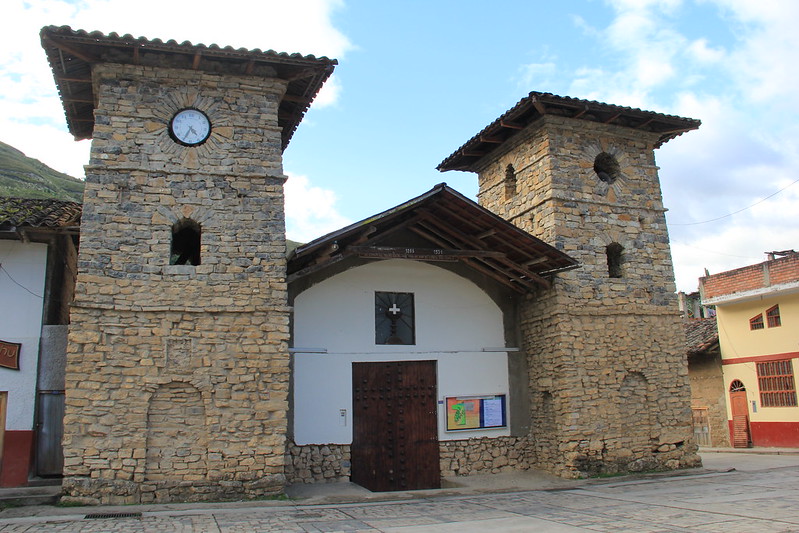
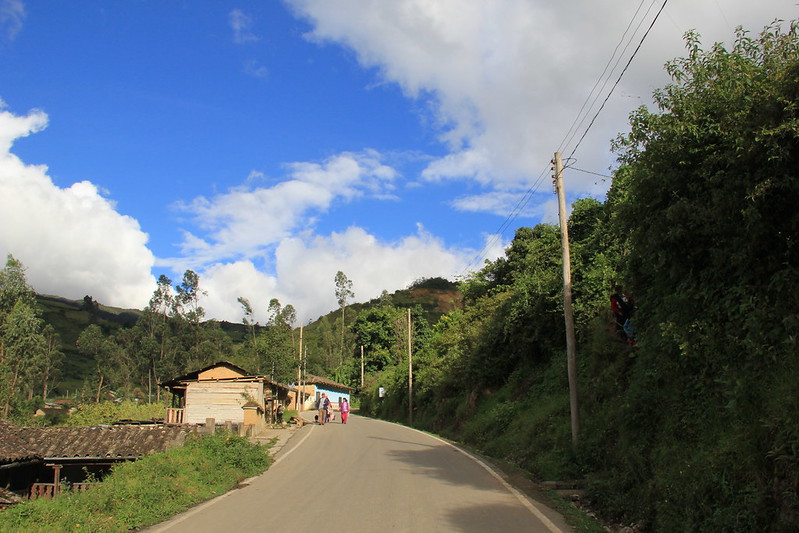

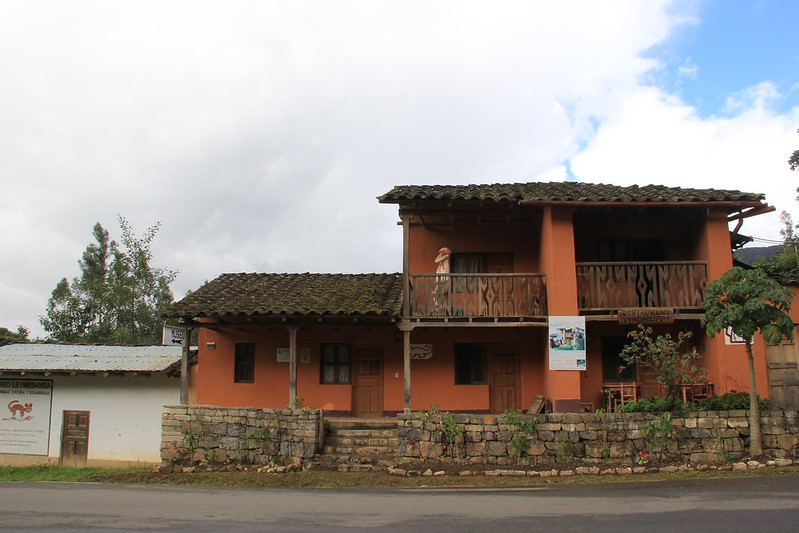
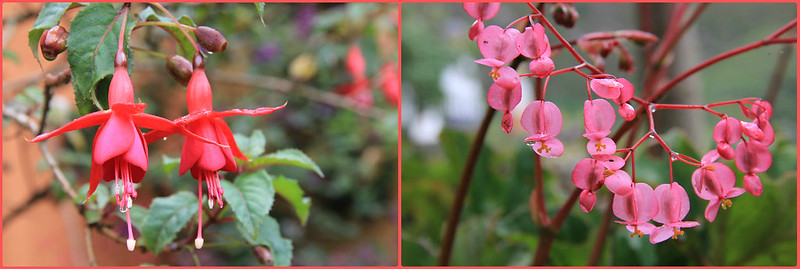
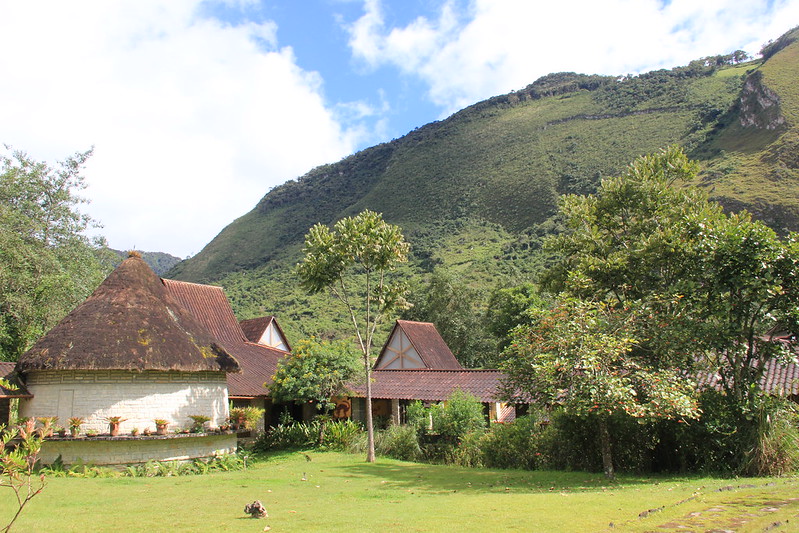
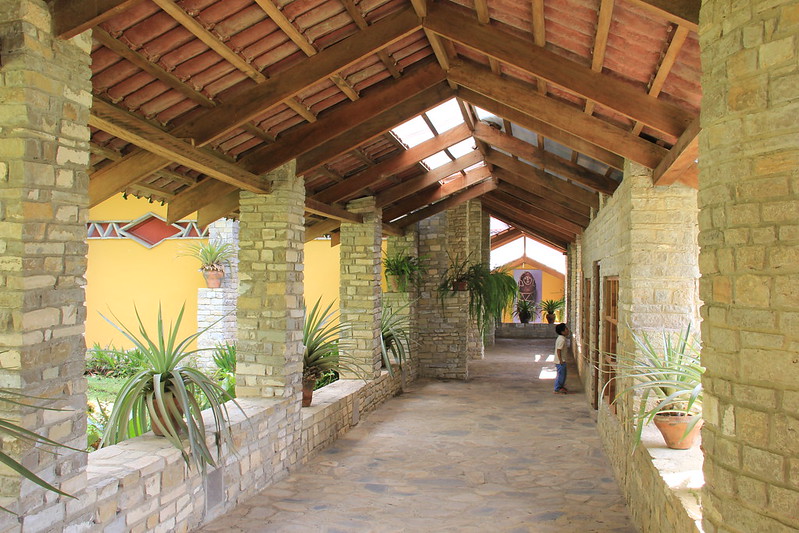
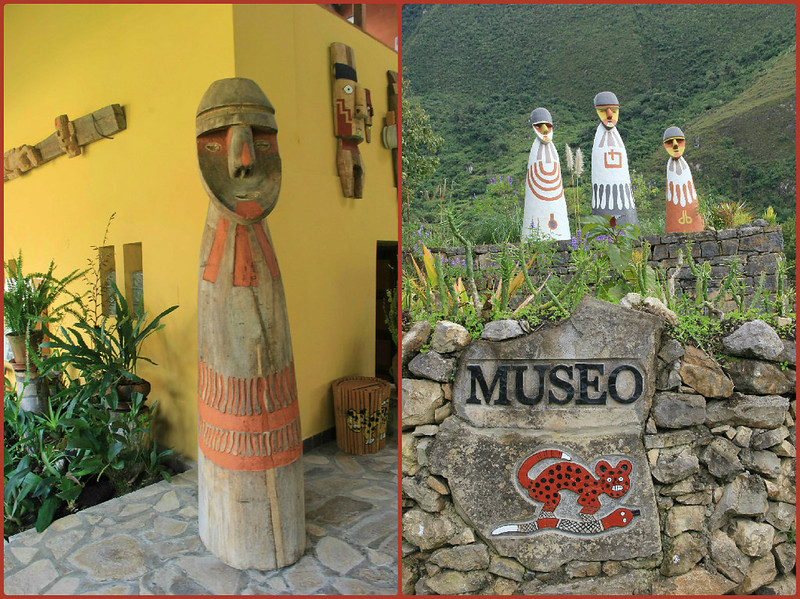
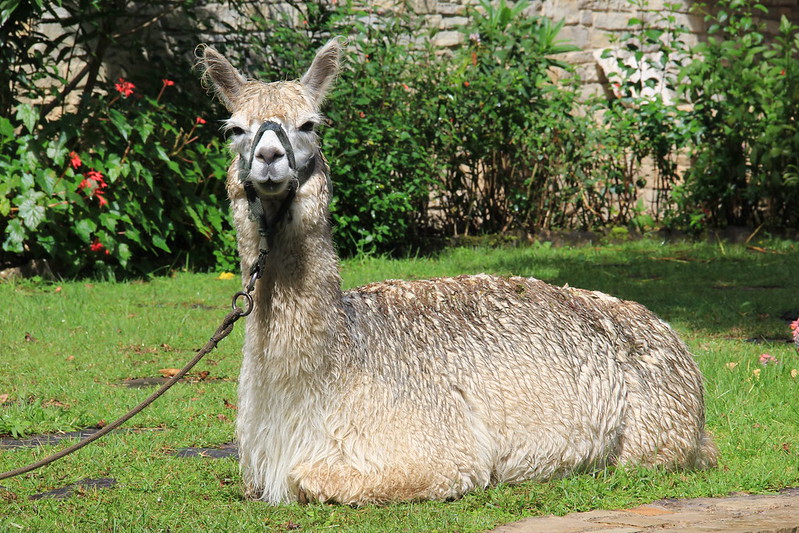

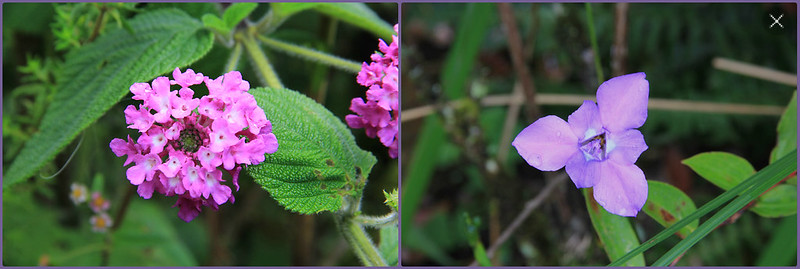
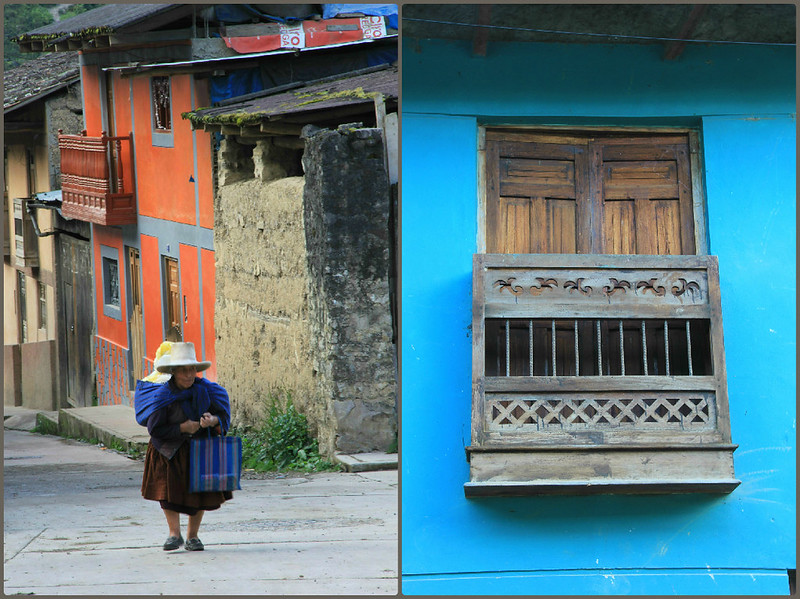
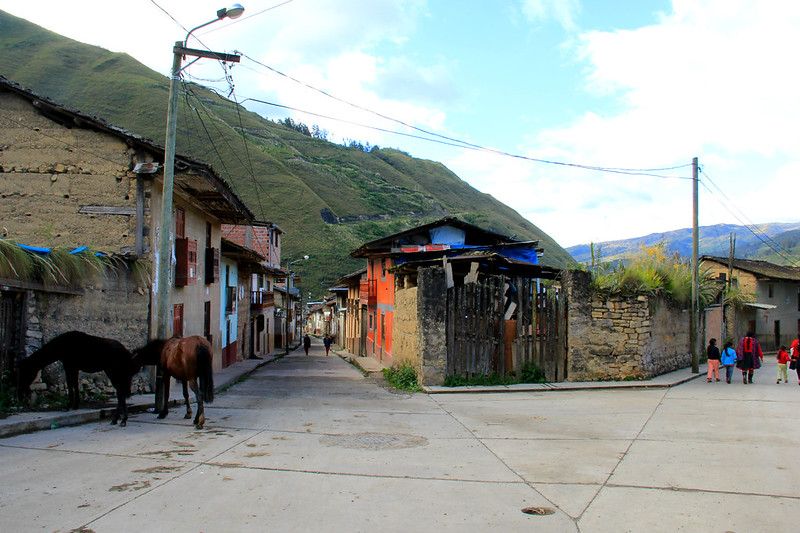
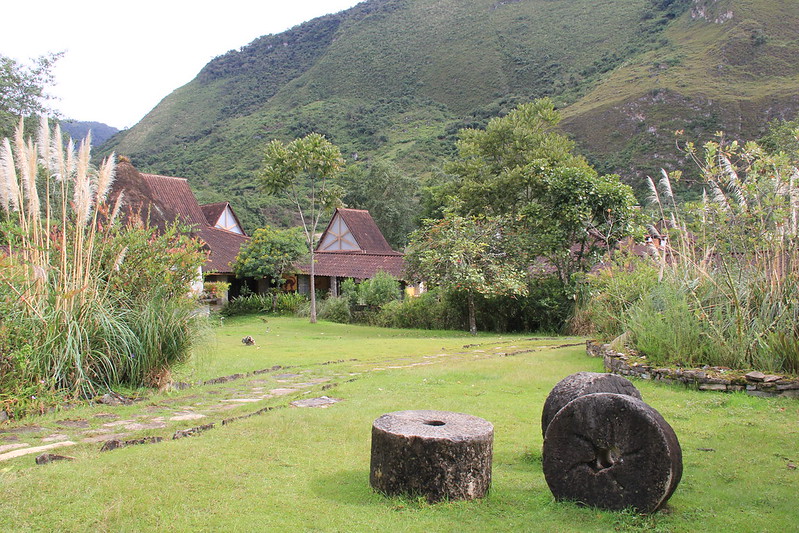





2 Comments
Yup, I’ve definitely had badly timed trips usually over Easter or other religious holidays. I always forget that in Europe these are major holidays and everything is closed.
Not just in Europe it seems! I stupidly assumed that because the buses were running, everything was operating as normal…